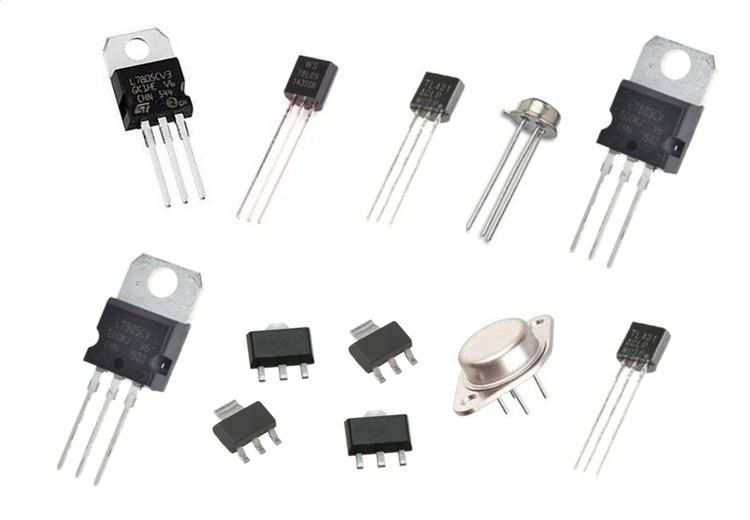What are the types of Linear and Switching voltage regulators ?

Linear voltage regulators and switching voltage regulators are two common types of voltage regulators used in electronic circuits. Here are the main types within each category:
Linear Voltage Regulators:
- Series Regulator: This is the most basic type of linear voltage regulator. It uses a series pass transistor to regulate the output voltage based on a voltage reference and feedback mechanism. Examples include LM78xx series (e.g., LM7805, LM7812).
- Shunt Regulator: In a shunt regulator, a transistor is connected in parallel (shunt) with the load. It regulates the output voltage by diverting excess current to the ground. Examples include LM431 and TL431.
Switching Voltage Regulators:
- Buck Regulator: A buck regulator steps down the input voltage to a lower output voltage using a switching element (typically a transistor) and an inductor. It operates by turning the transistor on and off to control the energy transfer. Buck regulators are commonly used for efficient step-down (lower voltage) applications.
- Boost Regulator: A boost regulator steps up the input voltage to a higher output voltage. It uses an inductor, a diode, and a switch to store energy in the inductor and transfer it to the output. Boost regulators are used for applications requiring a higher voltage than the input.
- Buck-Boost Regulator: This type of regulator can step up or step down the input voltage to provide an output voltage that is either higher or lower than the input voltage. It combines the functionality of both the buck and boost regulators. It is commonly used in battery-powered devices where the input voltage can vary.
- Flyback Regulator: A flyback regulator is a type of isolated switching regulator that stores energy in the magnetic field of an inductor during the “on” period and then transfers it to the output during the “off” period. It is often used in applications that require galvanic isolation and multiple outputs.
- Forward Regulator: Similar to the flyback regulator, the forward regulator is also an isolated switching regulator. It transfers energy to the output through a transformer during the “on” period, and it requires a separate diode for energy transfer during the “off” period.
These are some of the main types of linear and switching voltage regulators. Each type has its own advantages and applications, and the choice depends on factors such as input/output voltage requirements, efficiency, size, cost, and desired performance.
An extensive list of both types of regulators is below:
Voltage Regulators:
├─ Linear Regulators
│ ├─ Series Regulators
│ │ ├─ Standard Series Regulators (NPN or N-channel pass transistor)
│ │ └─ Low-dropout (LDO) Regulators (PNP or P-channel pass transistor)
│ └─ Shunt Regulators
└─ Switching Converters (AKA Switching Regulators or Switch-Mode Power Supplies)
├─ Isolated Converters
│ ├─ Forward Converters
│ │ └─ Active-Clamp Forward Converters
│ ├─ Flyback Converters
│ │ ├─ “Flybuck” Converter
│ │ └─ See also: Active Rectification
│ ├─ Isolated Ćuk Converters
│ └─ Push-Pull Converters
└─ Non-Isolated Converters
├─ Step-Down Converters
│ └─ Buck Converters
├─ Step-Up Converters
│ └─ Boost Converters
├─ Step-Up/Down Converters
│ ├─ Noninverting Buck-Boost Converters (AKA Four-Switch Converters)
│ ├─ Single-Ended Primary Inductor Converter (SEPIC)
│ ├─ Ćuk Converters
│ └─ Zeta Converters
└─ Inverting Regulators
├─ Inverting SEPIC
└─ Buck-Boost Converters

